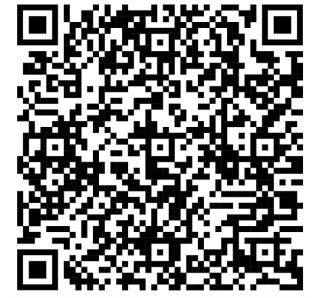Jealousy
Are Judgments of Online Jealousy Related to How We Value Ourselves?
Does perceived mate value predict judgements of online jealousy?
Posted June 13, 2024 Reviewed by Gary Drevitch
Key points
- Jealous behaviour is motivated by rival characteristics we perceive as important to our partner.
- Similarity in mate value might partly account for us remaining in a committed relationships.
- Online behaviour may evoke jealousy in the same way as face-to-face behaviour.

We generally experience jealousy in romantic relationships in response to a threat from an imagined or actual rival for a partner's attention. Dijkstra and Buunk (1998) suggest that jealousy is motivated by rival characteristics that a person perceives as important to their partner. In men, for example, jealousy is influenced by a rival's dominance, whereas jealousy in women is motivated more by a rival's physical attractiveness. In other words, men and women experience jealousy in different ways.
Mate value is a term used to outline collectively the desirable features someone feels they possess, and which would be sought by potential romantic partners. For example, characteristics such as physical attractiveness, resources and income, or suitability as a parent, are among the attributes generally sought in romantic partners.
Differences exist between men and women in mate selection criteria based on mate value, with men focusing more on physical attributes and women on features such as income and status. Mate value is also important to our understanding of assortative mating, which is based on the idea of matching or seeking similarity in mate worth or value. Furthermore, perceived mate value might also partly account for people’s tendencies to remain in committed relationships with those similar in mate value to themselves. Gender differences occur with ageing, with perceived mate value declining with age for women and increasing with age for men.
Mate value and jealousy
Miner et al. (2009) found that the mate value disparity between romantic partners predicted men’s partner-directed verbal insults. This being the case, it is possible that perceived mate value might be associated with jealous behaviour. Furthermore, Arnocky et al. (2015) found younger men and women who were lower in important mate value characteristics, such as good health, to exhibit more romantic jealousy. This illustrates the link between mate value and jealousy.
In terms of sex differences in jealous responses to potential infidelity, Shackelford et al. (2004), found that younger men were more distressed by sexual infidelity, whilst women were more distressed by emotional infidelity. In evolutionary terms, sexual infidelity on the part of a man’s partner poses a risk in that he may inadvertently end up rearing issue which is not his own. Emotional infidelity of a woman’s partner poses a different risk of her losing him to a rival, potentially threatening her survival if she relies on him for food and protection.
However, what if the potential risk of a partner’s infidelity is played out online, where there is no risk of pregnancy? In this case, does online behaviour evoke jealousy in the same way, or is online behaviour a precursor to an eventual face-to-face interaction? How do people perceive online interaction in terms of jealousy?
Our research
Our research aims to investigate whether perceived mate value influences perceptions of jealousy scenarios described in online and offline situations. Furthermore, it aims to explore the extent to which gender and age play a part. Previous research does show that mate value predicts jealousy, but we need to understand whether a similar effect exists for online behaviour.
Please complete our survey here:

References
Arnocky, S., Pearson, M., & Vaillancourt, T. (2015) Health, anticipated partner infidelity, and jealousy in men and women. Evolutionary Psychology.
Dijkstra, P., & Buunk, B. P. (1998). Jealousy as a function of rival characteristics: An evolutionary perspective. Personality and Social Psychology Bulletin, 24(11), 1158–1166.
Miner, E. J.., Starratt, V. G., & Shackelford, T. K. (2009) It’s not all about her: Men’s mate value and mate retention, Personality and Individual Differences, 47 (3), 214-218.
Shackelford, T.K., Voracek, M., Schmitt, D.P. et al. (2004) Romantic jealousy in early adulthood and in later life. Human Nat ure15, 283–300. https://doi.org/10.1007/s12110-004-1010-z


